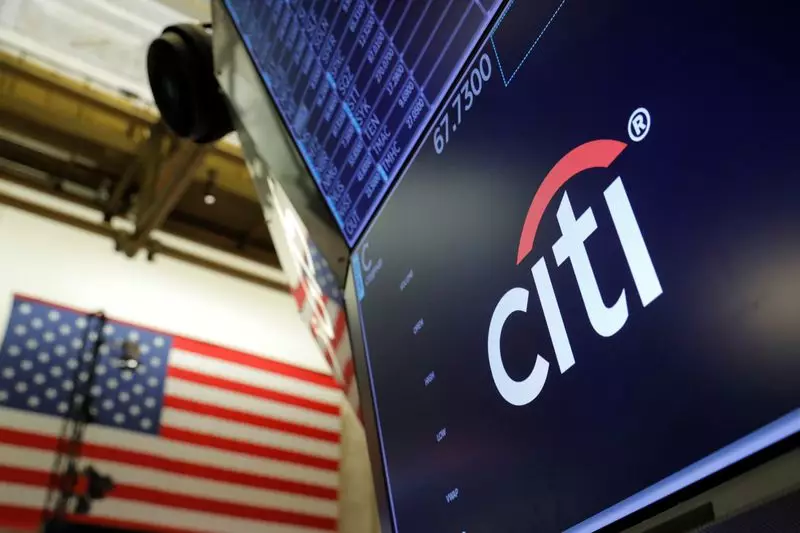Recent analyses suggest that Citigroup’s stock may see substantial growth over the next three years, potentially doubling in value. Analysts from Wells Fargo have identified a perfect storm of improving profits, decreasing expenses, and a transformative reorganization as key drivers behind this bullish outlook. While the banking sector is always subject to external economic conditions, particularly the possibility of a recession, Citigroup stands out as a strong candidate for investors focused on large-cap banks.
At the center of this revitalization is CEO Jane Fraser, who has been strategically steering the bank toward increased profitability since stepping into her role in 2021. The blend of managerial changes and restructuring has been deemed “the most significant” reorganization in half a century, according to industry watchers. Fraser’s approach is not merely cosmetic; it aims to address deep-rooted issues within the bank’s operational framework. The shift from a complex global matrix structure to five simplified lines of business has fostered improved accountability among management. This infrastructure tweak is recognized as a vital step in enhancing operational efficiency, allowing for more streamlined decision-making processes.
Wells Fargo’s analysts, led by Mike Mayo, have not shied away from expressing their confidence in Citigroup. They have upped their price target from $95 to $110, maintaining an “overweight” rating that positions Citigroup as their “dominant pick” among its large-cap peers. Mayo’s pointed praise for Fraser’s ongoing reforms serves as an endorsement of a turnaround strategy that reassures investors who have historically viewed Citigroup with skepticism. The symbolic rise in Citigroup’s stock price to $71.09, which reflected an increase of up to 1.6%, can be seen as a direct response to this renewed confidence from analysts.
Comparative Valuation and Strategic Positioning
In a separate note, analysts at KBW echoed Wells Fargo’s sentiments by elevating their price target for Citigroup from $82 to $85. They highlighted the bank’s advantageous position, driven by an increase in capital markets activity and its current discounted valuation when compared to industry giants like JPMorgan Chase and Bank of America. The price-to-book ratio of 0.69 places Citigroup in an excellent position for value-driven investors looking for opportunities. In contrast, JPMorgan and Bank of America boast ratios of 2.08 and 1.25, respectively, thus making Citigroup a compelling choice for those who believe in its potential to shift from a phase of value destruction to one of value creation.
The consensus among key analysts is that Citigroup is on the cusp of a substantial transformation. As the bank adopts measures to improve accountability, drive efficiency, and enhance profitability, it seems poised for a renaissance within the financial sector. With the possibility of double growth in stock value, Citigroup may soon become a symbol of successful corporate reinvention—one that savvy investors will watch closely in the years to come.

